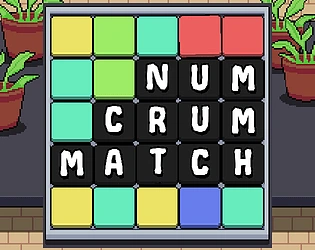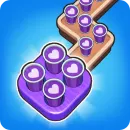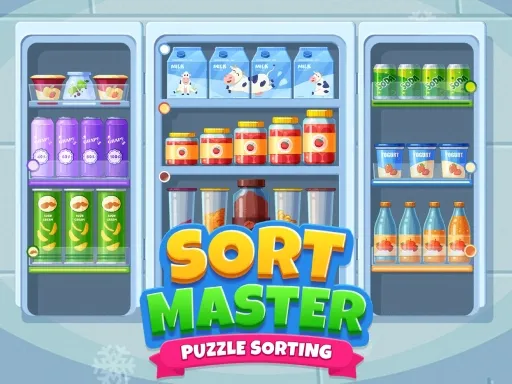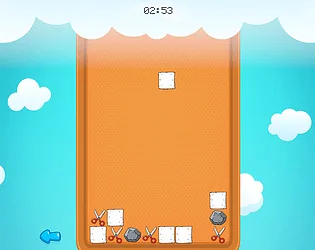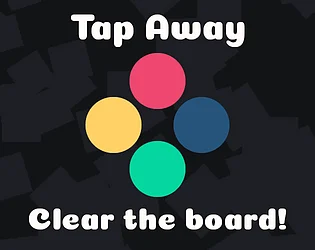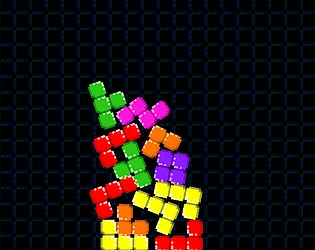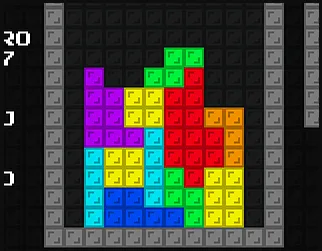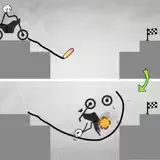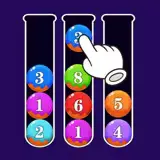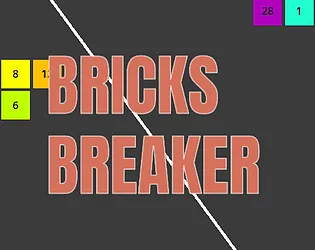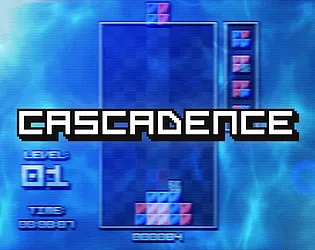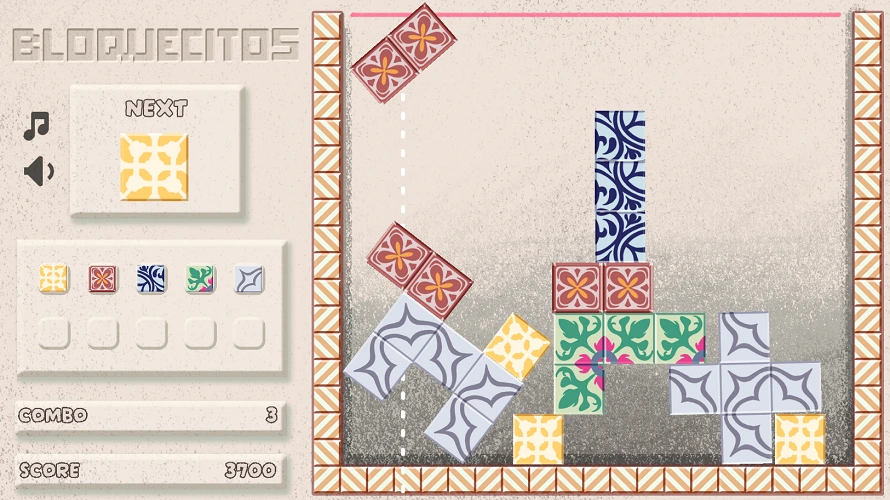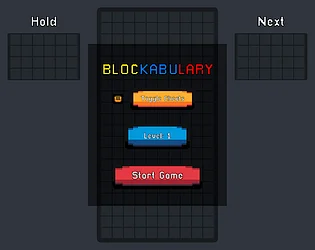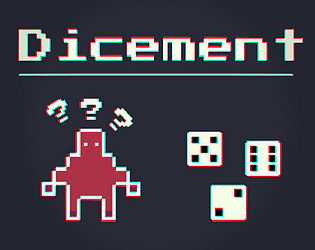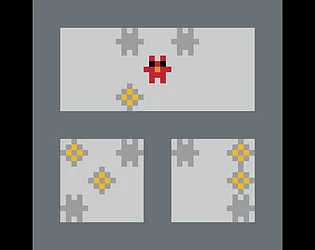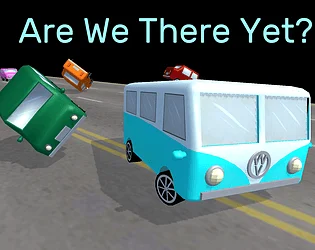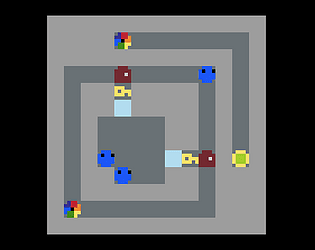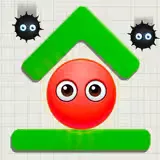
Hide Ball
Protect red balls from spikes by building strategic shelters
Hide Ball
Hide Ball — Build Shelters and Protect Balls from Deadly Spikes

Hide Ball challenges your spatial reasoning and problem-solving skills by tasking you with a simple but engaging mission: protect vulnerable red balls from falling spikes using strategically placed shelters. This physics-based logic puzzle combines construction mechanics with precise timing as you click to drop beams, platforms, and protective structures that shield your balls from danger. Every Hide Ball level presents a unique spatial puzzle where the order and placement of your clicks determine success or failure.
🎮 What is Hide Ball?
Hide Ball is a construction-based logic puzzle game where players build protective shelters to save red balls from spike attacks. Each level begins with suspended balls positioned above a brick wall foundation and threatening black spikes ready to fall from above.
Your tools are gray structural pieces — beams, blocks, and platforms — that hang suspended above the playing field. Click on these gray objects to release them. They fall according to realistic physics and land on the wall, other structures, or in strategic positions. Once a gray piece settles into position, it turns green and becomes a solid, permanent part of your protective shelter.
The challenge lies in determining the correct sequence of clicks. Drop a beam too early, and it might land in the wrong position, leaving gaps for spikes to penetrate. Click a ball before building adequate protection, and it falls into danger. Hide Ball demands you think several moves ahead, visualizing how physics will interact with your structures to create complete coverage against the incoming spike barrage.
🕹️ How to Play Hide Ball
Basic Controls
Hide Ball uses simple click-based controls that work perfectly across all devices:
- Click on gray objects – Release suspended structural pieces to drop them
- Click on red balls – Make suspended balls fall onto your constructed shelter
- Watch physics – Observe how dropped pieces settle and interact with existing structures
- Plan sequence – Determine the optimal order to click objects for maximum protection
Core Gameplay Mechanics
- Survey the Level – Examine the positions of red balls, gray structures, and spike threats
- Plan Your Shelter – Mentally map out which structures need to drop first to create protection
- Click Gray Objects – Release structural pieces in the correct sequence
- Build Protection – Watch pieces fall and settle into green, solid structures
- Drop the Balls – Once shelters are built, click red balls to bring them to safety
- Survive Spike Attack – Spikes fall and attack; protected balls survive, exposed balls fail
- Complete Level – Successfully protect all balls to advance to the next puzzle
Physics and Structure Behavior
Understanding physics is crucial in Hide Ball:
- Gravity – All objects fall straight down when clicked
- Collision – Pieces interact with walls, other structures, and balls realistically
- Settling – Structures need stable support; unsupported pieces tip or slide
- Solidification – Gray objects turn green and become permanent when they stop moving
- Layering – Build multiple layers of protection by dropping pieces in sequence
- Gaps – Any gap in your shelter allows spikes to reach balls beneath
Strategic Clicking Order
The core puzzle element is determining the correct clicking sequence:
- Foundation First – Usually start with pieces that create the base of your shelter
- Support Structures – Build vertical supports before placing horizontal beams on them
- Roof Last – Top protection pieces typically drop after walls are established
- Balls Last – Always drop protective structures before clicking the balls themselves
📸 Hide Ball Gameplay Walkthrough
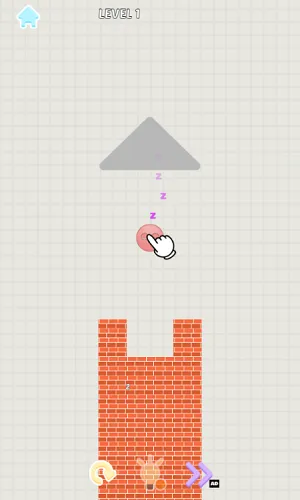
🏗️ Initial Assessment
Every Hide Ball level begins with careful observation. Notice the suspended red balls that need protection, the gray structural pieces available to build with, and the positions where deadly spikes will fall. In this planning phase, trace mental paths showing where each piece will land when clicked. Which beam should drop first? Will that platform land flat or tip sideways? Understanding the spatial relationships before making your first click separates successful solutions from failed attempts. The best players spend more time planning than clicking.
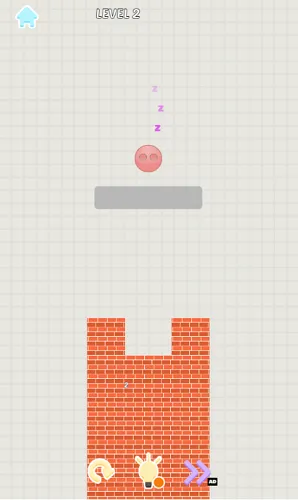
🔨 Building the Shelter
Once you've planned your approach, begin clicking gray objects in sequence. Watch as the first beam falls and settles into position, turning from gray to green as it becomes permanent. Each successive click builds upon previous structures — a vertical post here, a horizontal platform there. Hide Ball's physics engine ensures realistic behavior: beams lean against walls, blocks stack on platforms, and structures stabilize when properly supported. A well-executed sequence creates a sturdy shelter with complete overhead protection, while poor clicking order results in unstable structures with dangerous gaps.
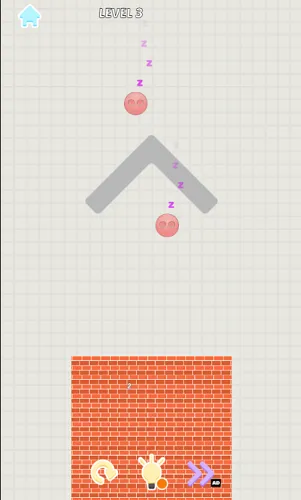
🎯 Dropping the Balls
With your protective shelter constructed, it's time to click the red balls themselves. Each ball drops straight down and settles into the space you've created. This moment reveals whether your shelter design was sound — do the balls land in protected zones, or do they roll into exposed areas? Sometimes balls interact with your structures in unexpected ways, bouncing off angled beams or settling into corners. Hide Ball rewards players who account for ball physics when designing shelters, ensuring the final resting positions are fully covered by the protective structures above.
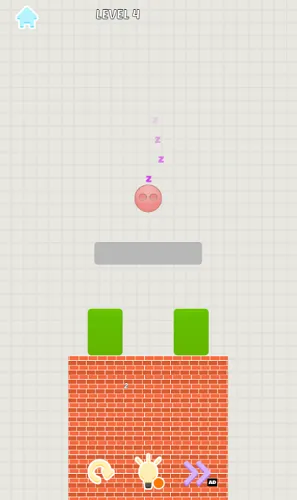
💥 Surviving the Spike Attack
The final test arrives when spikes fall from above, targeting your red balls. If your shelter was well-designed, the spikes crash harmlessly against green beams and platforms while the balls remain safe beneath. But any gap in coverage proves deadly — spikes slip through openings and destroy exposed balls. Successfully protecting all balls triggers a satisfying victory as Hide Ball confirms your spatial reasoning and structural planning were correct. Fail, and you'll restart the level with new insights into which clicking sequence creates better protection.
Hide Ball — Build Shelters and Protect Balls from Deadly Spikes

Hide Ball challenges your spatial reasoning and problem-solving skills by tasking you with a simple but engaging mission: protect vulnerable red balls from falling spikes using strategically placed shelters. This physics-based logic puzzle combines construction mechanics with precise timing as you click to drop beams, platforms, and protective structures that shield your balls from danger. Every Hide Ball level presents a unique spatial puzzle where the order and placement of your clicks determine success or failure.
🎮 What is Hide Ball?
Hide Ball is a construction-based logic puzzle game where players build protective shelters to save red balls from spike attacks. Each level begins with suspended balls positioned above a brick wall foundation and threatening black spikes ready to fall from above.
Your tools are gray structural pieces — beams, blocks, and platforms — that hang suspended above the playing field. Click on these gray objects to release them. They fall according to realistic physics and land on the wall, other structures, or in strategic positions. Once a gray piece settles into position, it turns green and becomes a solid, permanent part of your protective shelter.
The challenge lies in determining the correct sequence of clicks. Drop a beam too early, and it might land in the wrong position, leaving gaps for spikes to penetrate. Click a ball before building adequate protection, and it falls into danger. Hide Ball demands you think several moves ahead, visualizing how physics will interact with your structures to create complete coverage against the incoming spike barrage.
🕹️ How to Play Hide Ball
Basic Controls
Hide Ball uses simple click-based controls that work perfectly across all devices:
- Click on gray objects – Release suspended structural pieces to drop them
- Click on red balls – Make suspended balls fall onto your constructed shelter
- Watch physics – Observe how dropped pieces settle and interact with existing structures
- Plan sequence – Determine the optimal order to click objects for maximum protection
Core Gameplay Mechanics
- Survey the Level – Examine the positions of red balls, gray structures, and spike threats
- Plan Your Shelter – Mentally map out which structures need to drop first to create protection
- Click Gray Objects – Release structural pieces in the correct sequence
- Build Protection – Watch pieces fall and settle into green, solid structures
- Drop the Balls – Once shelters are built, click red balls to bring them to safety
- Survive Spike Attack – Spikes fall and attack; protected balls survive, exposed balls fail
- Complete Level – Successfully protect all balls to advance to the next puzzle
Physics and Structure Behavior
Understanding physics is crucial in Hide Ball:
- Gravity – All objects fall straight down when clicked
- Collision – Pieces interact with walls, other structures, and balls realistically
- Settling – Structures need stable support; unsupported pieces tip or slide
- Solidification – Gray objects turn green and become permanent when they stop moving
- Layering – Build multiple layers of protection by dropping pieces in sequence
- Gaps – Any gap in your shelter allows spikes to reach balls beneath
Strategic Clicking Order
The core puzzle element is determining the correct clicking sequence:
- Foundation First – Usually start with pieces that create the base of your shelter
- Support Structures – Build vertical supports before placing horizontal beams on them
- Roof Last – Top protection pieces typically drop after walls are established
- Balls Last – Always drop protective structures before clicking the balls themselves
📸 Hide Ball Gameplay Walkthrough

🏗️ Initial Assessment
Every Hide Ball level begins with careful observation. Notice the suspended red balls that need protection, the gray structural pieces available to build with, and the positions where deadly spikes will fall. In this planning phase, trace mental paths showing where each piece will land when clicked. Which beam should drop first? Will that platform land flat or tip sideways? Understanding the spatial relationships before making your first click separates successful solutions from failed attempts. The best players spend more time planning than clicking.

🔨 Building the Shelter
Once you've planned your approach, begin clicking gray objects in sequence. Watch as the first beam falls and settles into position, turning from gray to green as it becomes permanent. Each successive click builds upon previous structures — a vertical post here, a horizontal platform there. Hide Ball's physics engine ensures realistic behavior: beams lean against walls, blocks stack on platforms, and structures stabilize when properly supported. A well-executed sequence creates a sturdy shelter with complete overhead protection, while poor clicking order results in unstable structures with dangerous gaps.

🎯 Dropping the Balls
With your protective shelter constructed, it's time to click the red balls themselves. Each ball drops straight down and settles into the space you've created. This moment reveals whether your shelter design was sound — do the balls land in protected zones, or do they roll into exposed areas? Sometimes balls interact with your structures in unexpected ways, bouncing off angled beams or settling into corners. Hide Ball rewards players who account for ball physics when designing shelters, ensuring the final resting positions are fully covered by the protective structures above.

💥 Surviving the Spike Attack
The final test arrives when spikes fall from above, targeting your red balls. If your shelter was well-designed, the spikes crash harmlessly against green beams and platforms while the balls remain safe beneath. But any gap in coverage proves deadly — spikes slip through openings and destroy exposed balls. Successfully protecting all balls triggers a satisfying victory as Hide Ball confirms your spatial reasoning and structural planning were correct. Fail, and you'll restart the level with new insights into which clicking sequence creates better protection.
Release date
Developer
Platform
